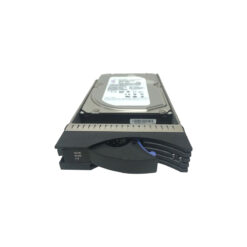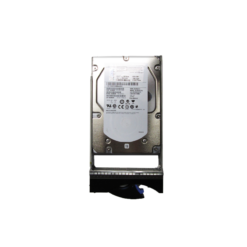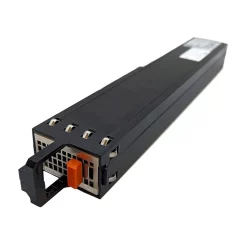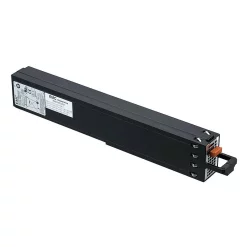Behind the Scenes: Expert Tips on Diagnosing and Fixing EMC VNX Storage Problems
Identifying the LUN Performance Degradation Issue
LUN (Logical Unit Number) performance degradation in EMC VNX storage systems is a common yet significant problem that can adversely impact business-critical applications due to storage performance bottlenecks. This issue matters to IT professionals because it can lead to increased latency, compromised application performance, and dissatisfied end-users.
Understanding the Potential Impact
- Application Slowdown: Sluggish response times in applications can lead to decreased productivity.
- User Dissatisfaction: End-users and business stakeholders may experience frustration due to reduced performance.
- Operational Bottlenecks: A bottleneck in storage can delay data processing and result in missed business opportunities.
Common Causes of LUN Performance Degradation
Several factors can contribute to LUN performance degradation in EMC VNX systems:
- Resource Contention: High input/output (I/O) requests from multiple applications can lead to resource contention.
- Configuration Issues: Improperly configured storage pools and RAID levels can affect performance.
- Fragmentation: Fragmentation of LUNs can lead to increased seek time and latency.
- Network Bottlenecks: Insufficient bandwidth or network congestion can throttle performance.
Resource Contention Explained
Resource contention arises when multiple applications or virtual machines demand storage resources simultaneously. In a shared environment, this can lead to high IOPS (input/output operations per second) exceeding the capabilities of the drives and storage processors.
Impact of Configuration Issues
Configuring the storage pool with inappropriate RAID levels can impact read/write operations. For example, while RAID 5 offers efficient storage utilization, it provides lower write performance compared to RAID 10, especially under heavy IOPS scenarios.
Practical Solutions and Troubleshooting Steps
Step 1: Analyze and Monitor I/O Patterns
Utilize tools like Unisphere to monitor real-time and historical performance metrics. Identify high IOPS LUNs or storage pools and analyze their access patterns.
- Monitor Read/Write Latency to identify potential bottlenecks.
- Track Queue Length to understand the workload on storage processors.
Step 2: Reconfigure Storage Pools and LUNs
Based on your analysis, consider altering storage pool configurations:
- Deploy FAST VP (Fully Automated Storage Tiering with Virtual Pools) to move active data to higher-performing tiers.
- Reconfigure LUNs to optimal RAID levels suitable for the workload.
Step 3: Address Network Bottlenecks
Ensure that the storage network infrastructure is robust and capable of handling the required data throughput:
- Upgrade network bandwidth if necessary to prevent throttling.
- Implement multipathing to enhance data path resiliency and load balancing.
Step 4: Fragmentation Mitigation
Periodically defragment LUNs using EMC tools to reduce seek times:
- Schedule defragmentation during off-peak hours.
- Regularly review pool capacity and expand storage as needed to prevent overutilization.
Best Practices for Sustained VNX Performance
Maintain Hardware Health
Ensure all disks and storage enclosures are healthy by performing routine hardware checks.
Regular Performance Analysis
Incorporate a regular schedule for performance reviews and proactively adjust storage configurations and allocations.
Deployment of Latest Firmware
Keep EMC VNX storage systems updated with the latest firmware to benefit from performance optimizations and enhanced features.
Utilize Performance Monitoring Tools
Utilize EMC-provided monitoring tools like Unisphere Analyzer for detailed reporting and analysis, ensuring that you have complete visibility into the storage systems’ performance metrics.
Real-World Example: Streamlining LUN Performance
In a recent deployment, a financial institution experienced high latency in their VNX storage environment. By analyzing IO patterns using Unisphere and reallocating high IOPS workloads to SSDs via FAST VP, the institution improved response times by 40%, leading to smoother transaction processing and enhanced customer satisfaction.












